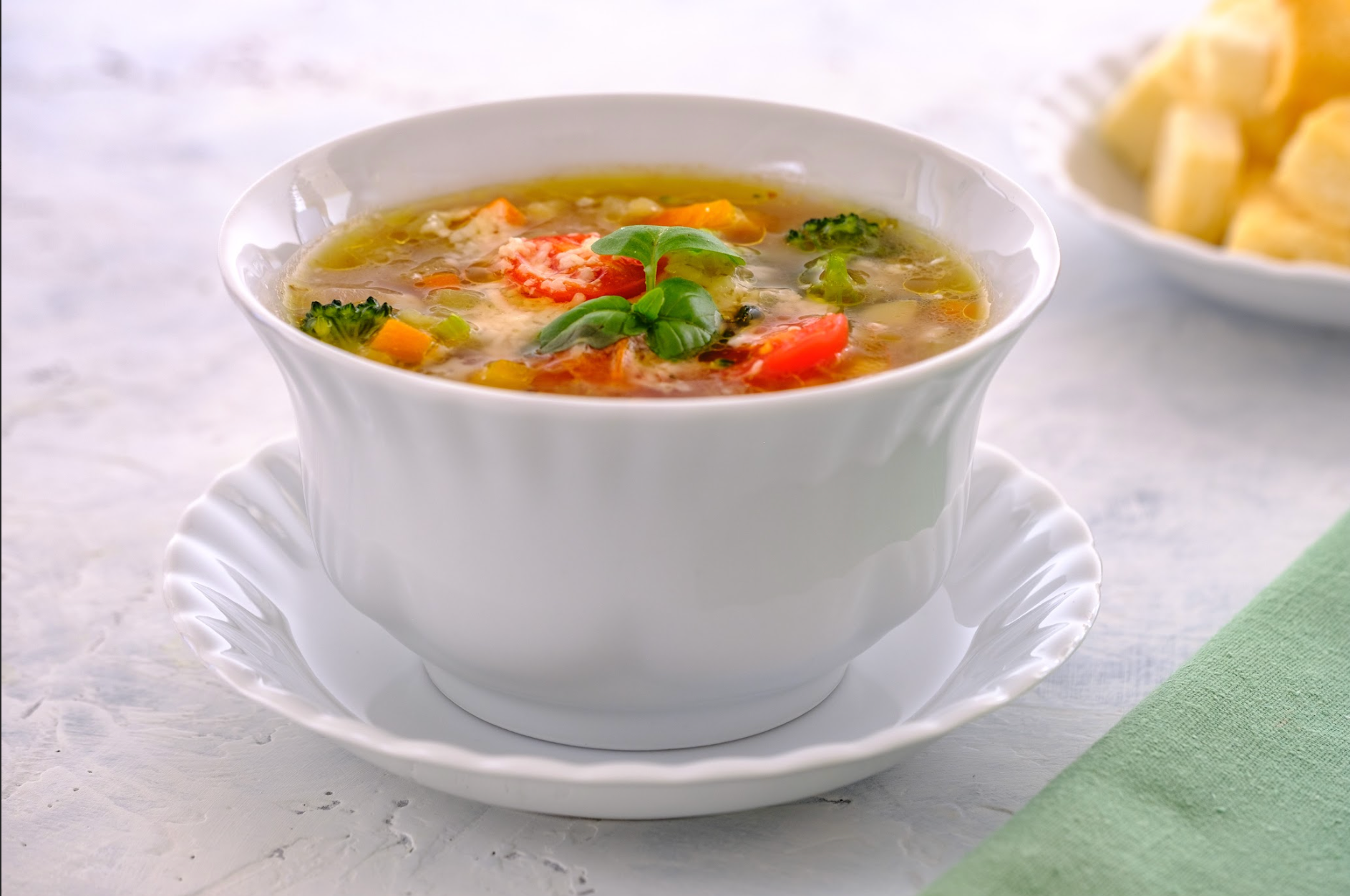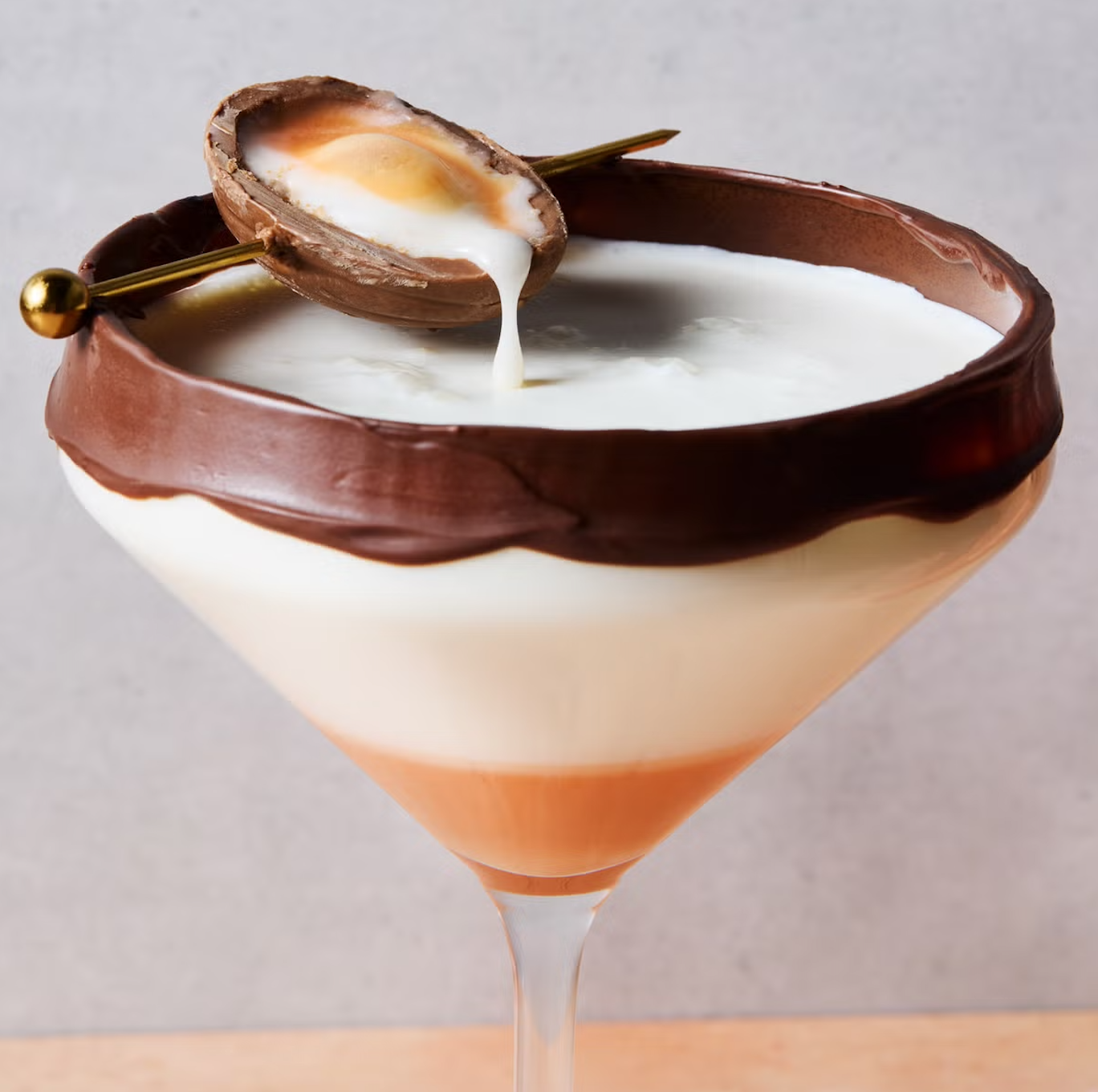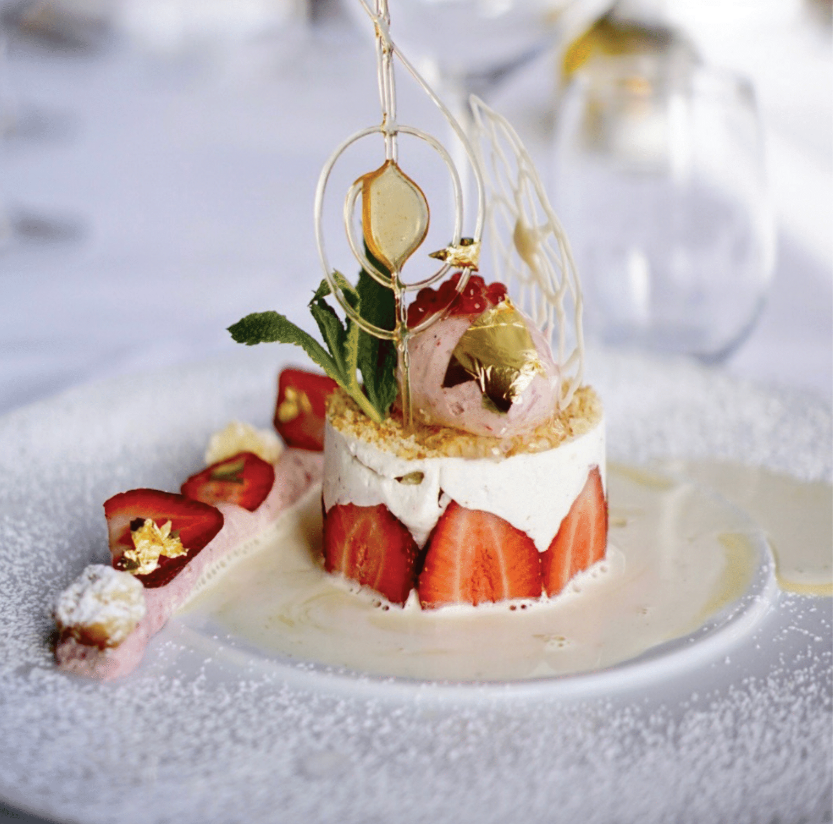The Power of Food The Art of Eating Well

One of my favorite expressions is go big or go home, so as you can guess, I love using bold statements, especially when I talk about food and health.
As a girl who has built a life on the foundation of health and wellness, I not only speak words of food and power, I embody them. See, another bold statement, but in my defense, everywhere I go somebody is always asking me, “What do I need to eat to be healthier and happier? Health and wellness is what everybody is talking about and the zeitgeist is all in favor of The Art of Eating Well,
making it easy for me to say my biggest statement yet, “I know the secret of life, and we can find it with food.”
Personally, I think some secrets are meant to be revealed, especially if the information has the ability to make a difference in this world, and if I had to choose a starting point to share some tidbits on a better life, with food, I would definitely begin with Pellegrino Artusi's La scienza in cucina e l'arte di mangier bene, translated to
Science in the Kitchen and the Art of Eating Well. It’s been around for a while, published way back in 1891 in Italy, but for me it’s his premise and philosophy of beginning with the finest quality ingredients, and using natural and seasonal foods at the peak of their harvest that wins me over. And better yet, his message not only echos the culinary voices of today, respecting the origins and seasonality of food, with a resounding nod to simple, pure, and clean foods, but even more, it mirrors the hard science that now reveals the food we eat have a direct impact on our physical and mental health.
Who says art and science can’t dance together, especially when the newest research reveals certain foods can decrease anxiety, depression, and PTSD…This is life changing because this is lifesaving for so many people! Mastering the art of eating well, is ultimately tied to living well, and the better we eat, the better we live, and that my friends, is no secret.
And neither is Pellegrino’s Minestrone recipe. It is said, he developed this recipe after dining at a hotel restaurant in Livorno, and later that evening became very ill. Of course, he blamed the minestrone, although, after leaving for Florence, he later discovered that cholera had broken out in the village, and Pellegrino was lucky enough to recover. I have my own superpower version of this soup, but I think it’s important to share the original recipe, which I think is pretty powerful.
Artusi’s Minestrone Soup
Ingredients
Approximate measurements– adjust to taste and what is on hand
- 6 cups of broth
- 3/4 cup of beans
- 1/4 Savoy cabbage, chopped
- 1 bunch fresh spinach, chopped
- 2 stems of chard, sliced into thin ribbons
- 1.5 ounces (40 grams) fatty prosciutto, chopped fine
- 1 clove of garlic, chopped
- 1 sprig of parsley, chopped
- 2 carrots cut into short, thin slices
- 1 celery stock cut into short, thin slices
- 1 potato cut into short, thin slices
- 1 zucchini cut into short, thin slices
- 1 small onion cut into short, thin slices
- Pork rind, chopped (optional)
- 2 tbs tomato paste
- 1/4 – 1/2 cup rice
- Parmesan for garnish
Instructions
- Start by making the usual meat broth, and cooking in it a handful of shelled fresh beans. If the beans are dry, then simmer them in water until they soften.
- Then cut some Savoy cabbage, spinach and a little chard into thin slices, and soak them in cold water.
- Then, to get the water out of the vegetables, place them on the fire in a dry saucepan.
- Drain the contents well, pressing them firmly with a wooden spoon to get rid of excess water.
- For a minestrone that serves four to five people, finely chop 40 grams of fatty prosciutto, a clove of garlic, and a sprig of parsley, and sauté them together.
- Add this to the saucepan, along with some celery and carrots, one potato, one zucchini, and very little onion, all cut into short, thin slices.
- Add the beans, and if you wish, some pork rind (as some people do), and a bit of tomato sauce or tomato paste.
- Season with salt and pepper and cook in the broth.
- As the last ingredient, add enough rice to absorb most of the liquid, and before removing the minestrone from the fire throw in a good pinch of Parmesan cheese.




